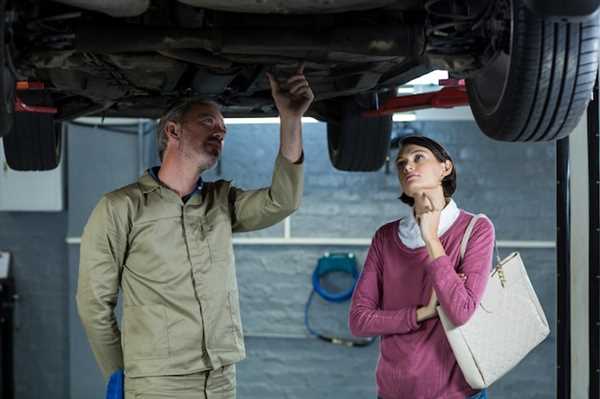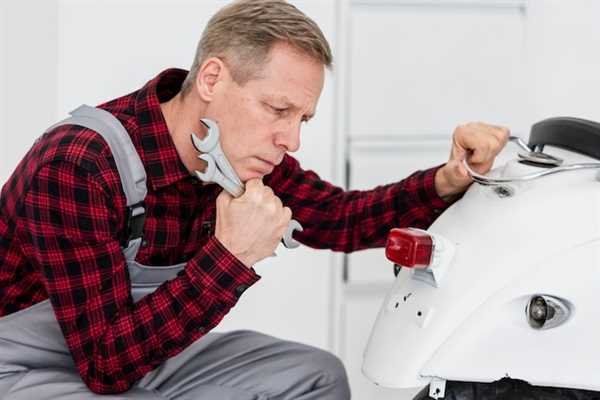
Regular service can significantly prolong your vehicle’s lifespan and enhance performance. One predominant error is neglecting regular oil changes. Fresh oil ensures proper engine lubrication, preventing wear and tear. Stick to the manufacturer’s schedule for oil replacement to keep everything running smoothly.
Another oversight is ignoring tire pressure. Under-inflated tires can hinder fuel efficiency and affect handling, while over-inflation may lead to uneven wear. Check your tire pressure monthly and rotate them according to the guidelines in your owner’s manual.
Many vehicle owners also forget the importance of monitoring fluid levels, such as coolant and brake fluid. Low levels may result in overheating or compromised braking efficiency. Regularly inspect these fluids and top them off as needed to avoid potential damage.
Moreover, unfamiliarity with warning lights can lead to significant issues. Don’t dismiss dashboard alerts as mere nuisances; they provide vital information about your vehicle’s condition. Address any warnings promptly to mitigate further complications.
Lastly, neglecting the condition of wipers can impair visibility during adverse weather. Replace wiper blades at least once a year or whenever you notice streaks on the windshield. Prioritizing these aspects can save both time and money in the long run.
Ignoring Regular Oil Changes and Their Impact

Change engine oil according to the manufacturer’s schedule, typically every 5,000 to 7,500 miles. Neglecting this routine can lead to engine wear, reduced performance, and higher repair costs down the line.
Oil serves as lubricant, cooling agent, and cleaning fluid. Over time, it breaks down and loses effectiveness, allowing harmful contaminants to build up. This buildup can lead to sludge formation, which obstructs vital engine components.
Using the correct oil type is equally important. Refer to your owner’s manual for specifications regarding viscosity and composition. Selecting inferior substitutes may worsen engine function and longevity.
Implement visual checks for oil level monthly. Ensure the dipstick readings fall within the recommended range. Low levels can indicate leaks or excessive consumption, necessitating immediate attention.
Prioritize professional inspections if you detect unusual noises or smells. These could signal underlying issues connected to inadequate lubrication or dirty oil. Regular oil changes aren’t merely routine; they safeguard your vehicle’s performance and durability.
Neglecting Tire Care: Pressure and Tread Depth

Regularly check tire pressure at least once a month, ideally when tires are cold. Proper inflation affects handling, fuel efficiency, and tire longevity. Use a reliable gauge to measure pressure and adjust according to the manufacturer’s specifications found in the owner’s manual or on the door jamb.
Monitor tread depth to ensure optimal traction and safety. A simple method is the penny test: insert a penny into the tread with Lincoln’s head down. If you can see the top of his head, it’s time for new tires. Maintaining adequate tread depth significantly reduces the risk of hydroplaning in wet conditions and improves overall vehicle stability.
Rotate tires every 5,000 to 7,500 miles to promote even wear and extend their lifespan. This practice enhances grip and performance, preventing premature wear on specific areas of the tire, which could lead to hazardous driving conditions.
Finally, inspect tires for visible damage or foreign objects. Cuts, punctures, and bulges can compromise tire integrity and safety. Address any issues promptly to prevent potentially dangerous blowouts or accidents. Regular monitoring and care can significantly improve your driving experience and vehicle safety.
Overlooking Brake System Checks and Signs of Wear
Regular inspection of the brake system is non-negotiable. Listen for unusual sounds like squeaking or grinding, which can indicate that pads or rotors are worn down. Check the brake fluid level; low fluid can signal leaks or other issues. Monitor the responsiveness of the brake pedal; a spongy feel often points to air in the lines or low fluid.
Pay attention to vibrations while braking, which may suggest warped rotors. Brake lights should function properly; malfunctioning lights can lead to dangerous situations by preventing other drivers from realizing your intentions. Schedule professional inspections every 20,000 to 30,000 miles, or sooner if issues arise. Proactive attention to these factors can enhance safety and performance.



